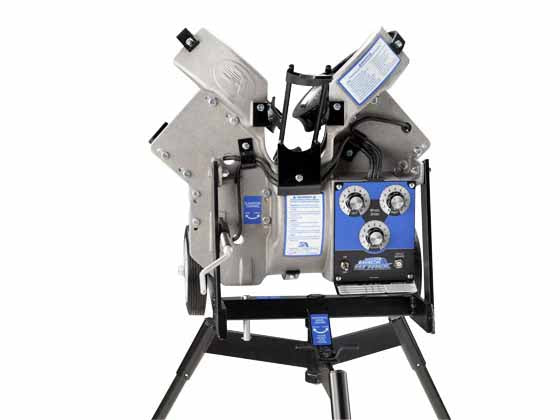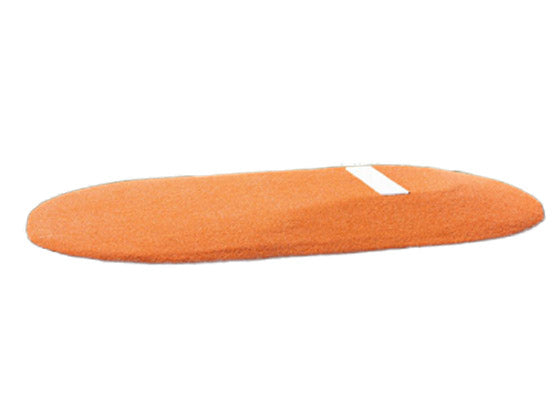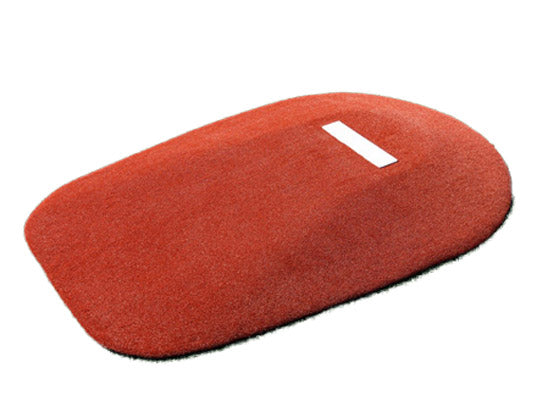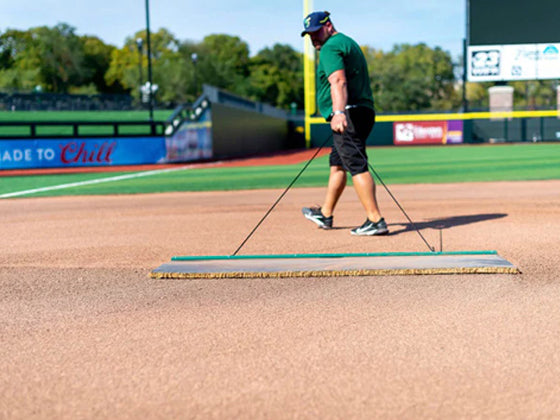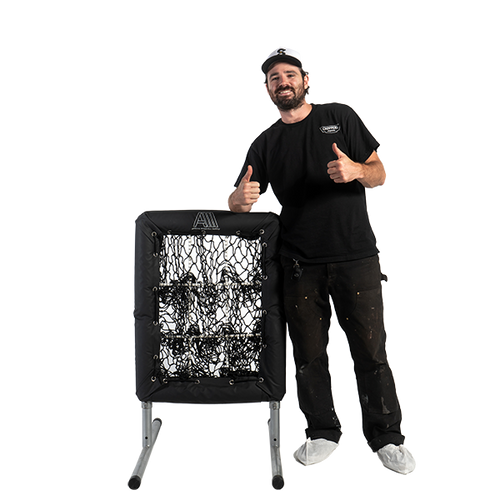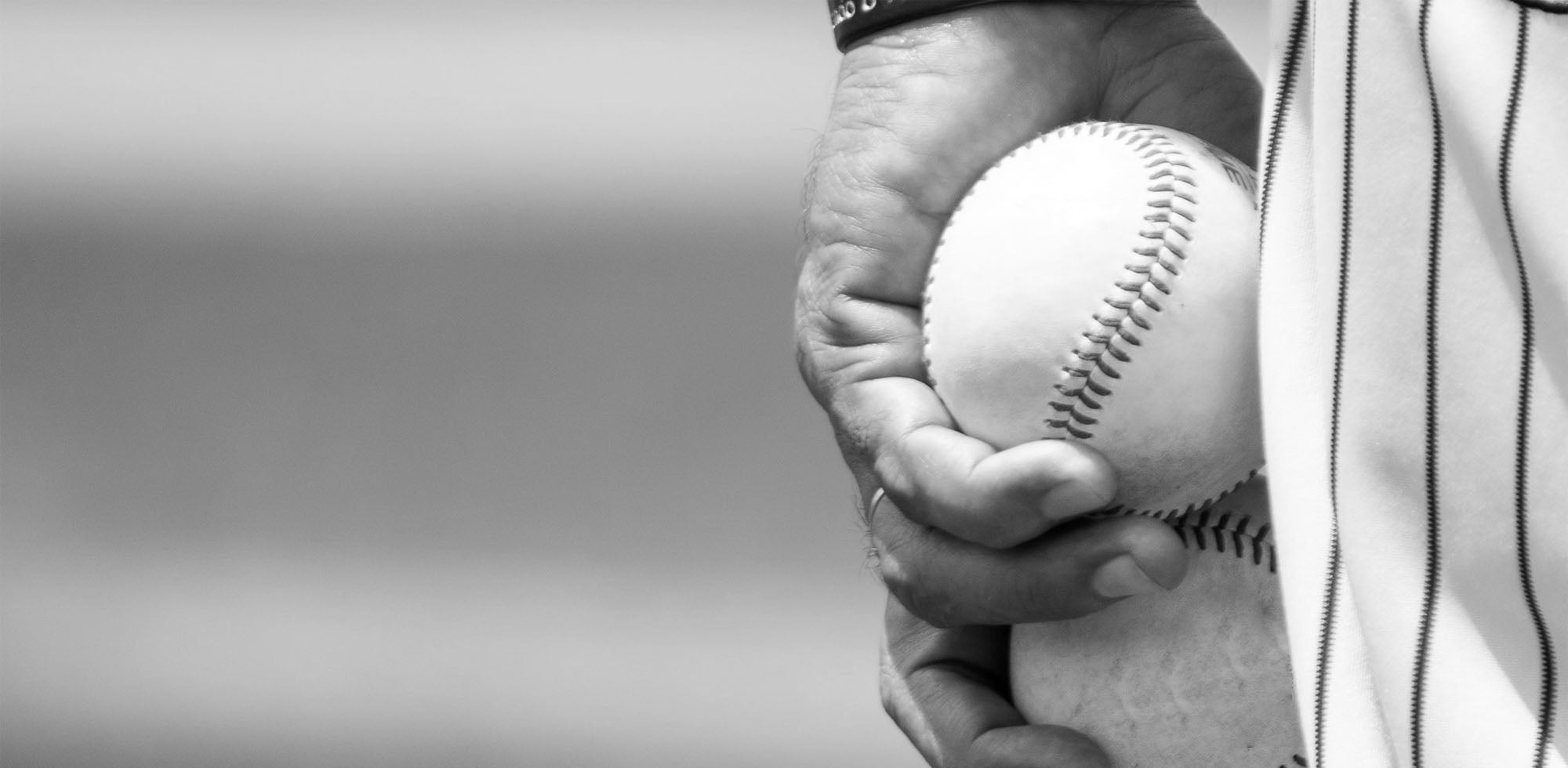Best Indoor Baseball Drills
There is something about the fresh air and baseball that goes hand in hand. Unfortunately for many, the weather can cause time for games and practice to be canceled.
However, when given the opportunity, practicing indoors is a great way to work on skills that you would not primarily focus on outdoors. In fact, there are plenty of drills to consider that players will enjoy doing and not become bored with monotonous tasks.
Stretching and warming up is going to be the first priority before any drill that you will do. Just because these drills are indoors does not mean that they are not as important or less exhausting.
Indoor Outfield Drills
Since space is often limited with indoor drills, it might be difficult to narrow down the best outfield drills that are commonly performed. If space is super tight, there are a few drills to keep in mind the next time this occurs. You can also purchase softball pitching machine for these drills.
Catching Tennis Ball
This outfield drill is nearly as old as baseball itself and requires little to no space to get it done. The primary focus for this drill is to have players squeeze their glove after each successful catch.
Players simply lay down on their back and throw the ball up in the air. Using their glove, simply catch the tennis ball.
This sounds easier said than done, as tennis balls are much lighter and bouncier. Successfully catching the tennis ball repeatedly will help with timing and grip strength for catching fly balls.
Outfield Communications
If you have several players available, working on communication skills can make or break critical moments in games. This outfield drill will help players focus on proper call-off skills to effectively catch the ball and not make errors.
With around three players in a straight line equal distances from each other, have the coach toss the ball randomly in any direction above them. Your players must quickly communicate as to who is responsible for catching the fly ball.
If you have a group of players that consistently work the outfield together, this is a great opportunity to get wording and other communication down. In addition, it teaches players to be aware of their surroundings and to focus on the ball.
Cone Drill
Players will use this drill to “open the gate” to work on outfield fundamentals. This will teach the player which way to field the ball and how to effectively turn their body to get it.
Three cones will be needed to make a triangle, in addition to the mitt and the ball. The coach and player will stand at one cone.
The coach throws the ball in the direction of another cone like a pop fly. The player must turn their body in the correct way to catch the ball.
After each catch, the player must quickly sprint back to their original cone. This should last for about 60 seconds and a total of four rounds.
Pitching Practice
Pitching and throwing are two drills that definitely need to be covered. Practicing pitching indoors can help isolate movements, slow down the process, and to help with form.
If pitchers are struggling, practicing indoors will be a huge step in the right direction. These drills boost confidence and improve muscle memory over time.
Knee Drill
Pitchers will need to pair up together and have one knee down on the ground about 45 feet apart. If the player is right handed then they will need their right knee down and of course the left knee for lefties.
Players need to focus on rotating their shoulder towards their partner and bring their arm back to getting on top of the ball. With a good circular arm motion, the pitcher has to bend their elbow past their opposite knee.
Balance Drill
This drill requires a few people per round and should provide pitchers with a focus on balancing when throwing. Two players can throw while the coach or another player is handing them the ball.
One player will begin their windup motion without the ball and hold their position before the throw. The player will turn their head and wait for the other helper to hand them the ball.
The helper has to randomly give them the ball, somewhere between three to five seconds. After a handful of times, the pitcher should be aware of their balance and to focus on their pitching mechanics.
Full Stride
When pitchers go through their entire motion, they have to step into the throw. The stride drill can be done with or without a baseball and alone or no one is available.
This giant step is roughly 80 percent of their height, so give or take eight inches shorter than the height of the pitcher. If pitchers are having issues landing too close to their glove side and throwing across their body, this drill will help alleviate potential injury and flat fastballs.
If you can mark an “H”, use a perpendicular line, or somewhere that has cones, you need to see where the pitcher lands after their throw. If they fall out of line or come up too short, you will be able to see where they need improvements.
Agility Drills
If players are wanting to improve with agility, then they must train with drills that will challenge their minds at a fast pace too. Having great core strength is crucial with agility and throwing, but testing the mind in fast paced situations is key to success.
Hop Like a Bunny
You will need cones to perform this drill and emphasize the importance of quickly jumping. Line up five cones a few feet apart from one another and have players hop to the cones.
Once they are at the cones, they will need to jump over them and continue onto the next one. After all five cones have been jumped, add another cone to the mix. Continue doing this as long as you like to help with reflexes and jumping quickness.
Pulse from Start to Finish
Warming up for this one is a must, especially Sox e sprints are involved. Players will have to “pulse”, (keep their feet moving), while in a squatted position.
From one designated distance to another, the player will be given the time to sprint to the next spot. This tests not only their agility but their reaction time to commands to run.
Fast and Slow
This drill, also referred to as accelerate and decelerate, will require four cones or markers for players to run to. With four cones lined up, the player needs to have the second and third cones closer together.
Players need to be ready in a forward position with knees bent. They will sprint, once instructed, then backpedal back to the previous cone. From there, the process continues on with someone instructing them to go forwards and backwards.
Hitting Station Practice
Even with limited space, completing hitting drills is still doable indoors. Even though you cannot bomb homers in most indoor facilities, you can still practice the movements. Getting the techniques down will greatly improve confidence at bat.
Swing Stride
If you can master the swing stride drill, you are off to a great start. For this one, all you need is a bat up against your chest and pointing at the pitcher.
Next, load your weight into your back hip and begin your swing motion while also picking up your opposite leg some. This stride should end with the hips thrusting through but the shoulders staying square the entire time.
Complete Turns
In addition to swing stride, you have the option of following the rest of the way through with complete turns. You might want a partner to help rotate your hips all the way through.
To begin, hold onto the bat like you experienced in the swing stride drill. Once you have followed through, your part can help lightly push your momentum for a brief moment to help extend your follow through.
Hit and Pause
Whether you can hit a ball or not indoors, you still have an option to do the hit and pause drill. This is a great opportunity to practice game-like momentum at bat.
Start with a tee, or if you cannot hit one indoors, simply do this drill dry. As the hitter begins to swing, they must pause momentarily right before hitting the ball. After a few seconds, simply hit the ball from where you are at and follow through.
Wall Ball
One of the best drills to do with a short amount of space is the wall ball drill. This will help improve fielding the ball, hand-eye coordination, proper footwork, and agility.
Players line up facing a wall about 15 feet or so away and will be throwing an “incrediball” or soft touch baseball against it. Once the player throws the ball, they must sprint to the back of the line.
Players will be challenged each time they step up to catch the previous players’ throw. This drill will test the proper fundamentals of grounding and agility.

 Contact Us
Contact Us